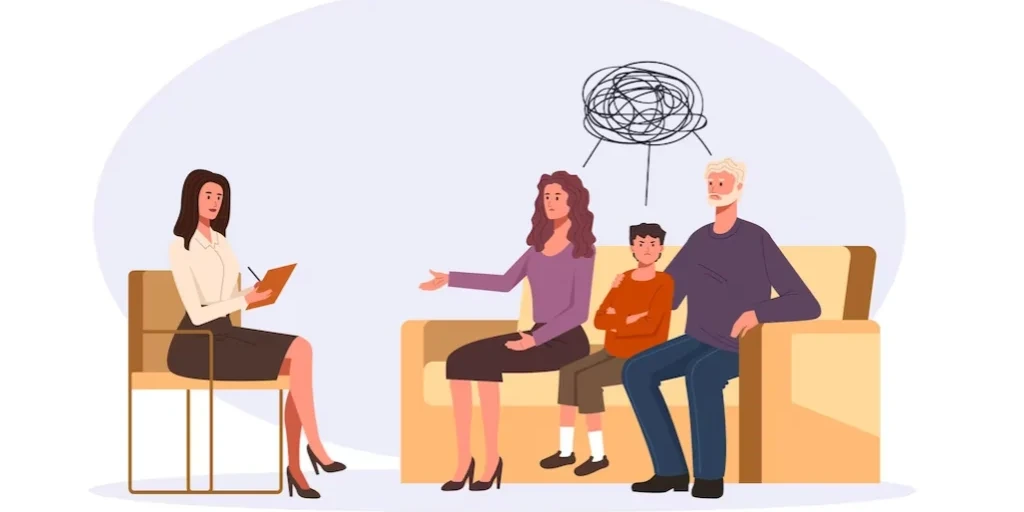24/7 Helpline:
(866) 899-221924/7 Helpline:
(866) 899-2219
Learn more about Xanax Rehab centers in Greenbelt
Xanax Rehab in Other Cities

Other Insurance Options

Providence

Choice Care Network

Optima

Regence

Absolute Total Care

Anthem

ComPsych

Kaiser Permanente

Ambetter

Highmark

BlueShield

Magellan

Covered California

Self-pay options

AllWell

WellPoint

Humana

EmblemHealth

Medical Mutual of Ohio

Magellan Health
















